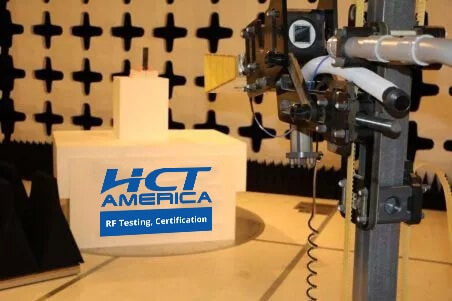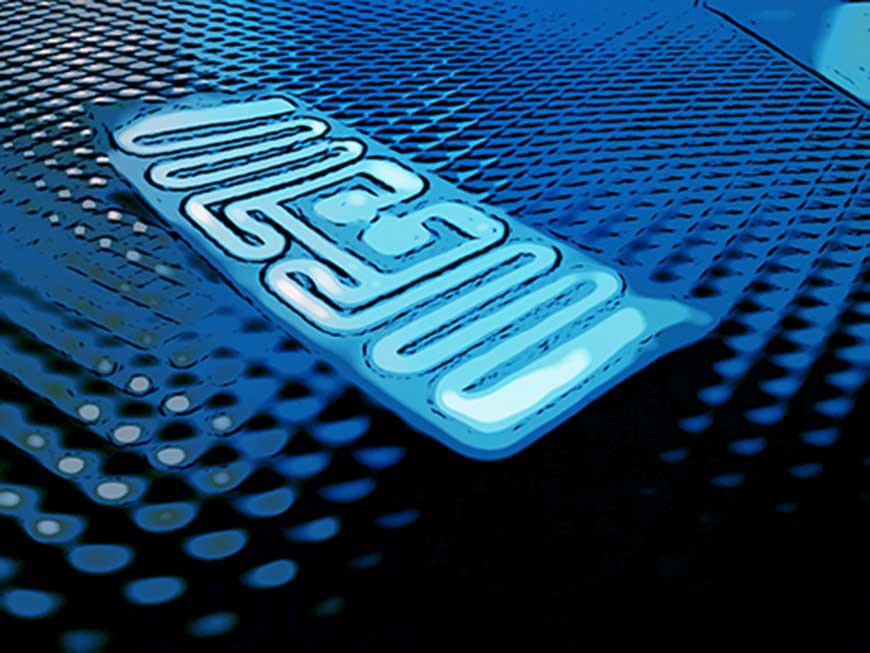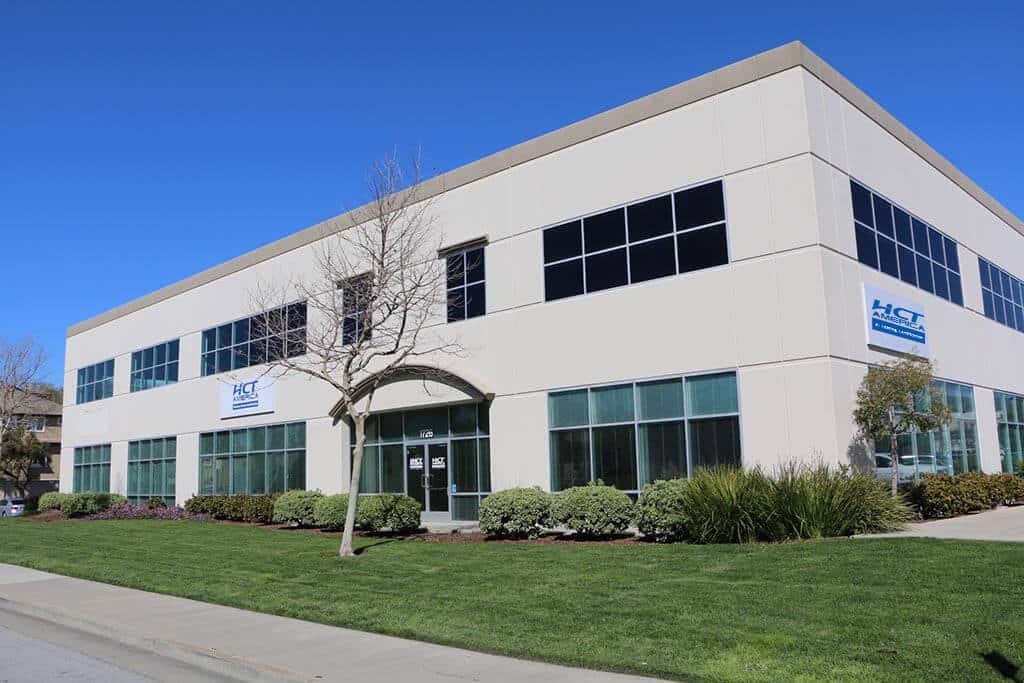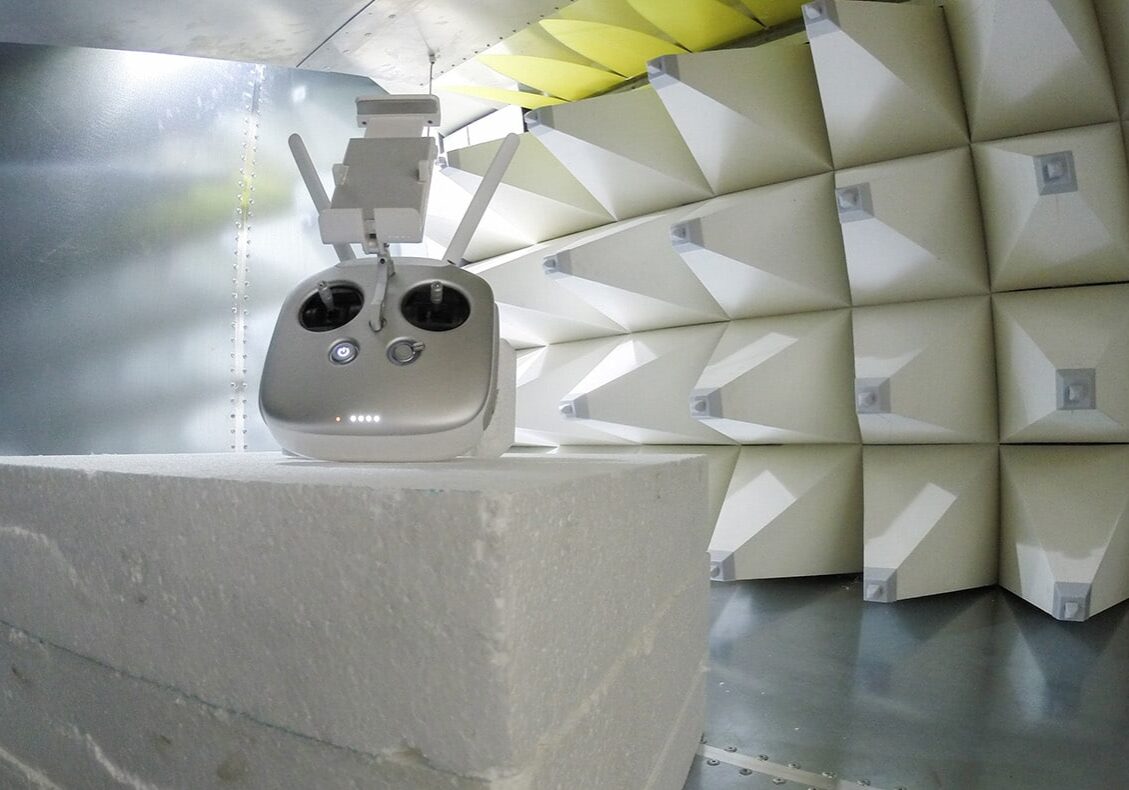Wireless & RF Testing
Wireless and Radio Frequency Testing
//
HCT America Engineering has extensive testing experience and a thorough knowledge of all appropriate standards and procedures for testing and evaluating radio frequency devices, including unlicensed and licensed radio equipment subject to FCC CFR 47, Part 2, ANSI C63.4, FCC MP-5, FCC OET Bulletin 63 supplement C, etc. We stay current with the latest FCC interpretations and FCC rule changes.

Korea RRA and Certification
//
HCT America is a Certified Acceptance Body (CAB) for Korea Radio Standards. All testing is performed locally in our new San Jose, CA facilities. Experienced engineering team tests to KN32 / KN35 EMC standards and obtains MSIP approvals. Our Korea bilingual Certification Project Managers oversee all testing to all Korea RRA Radio standards and assist the client in expediting certification approvals.
Radio Equipment Directive (RED)
//
HCT America performs product testing and regulatory approval submissions for various radio equipment under Annex III and Annex IV of the R&TTE directive 2014/30/EU. We have a thorough working knowledge of ETSI harmonized standards. The following is a sample of the types of testing we perform, and it is not all-inclusive:
Short Range Devices (SRDs)
Technical characteristics and test methods for Short Range radio Device and equipment

Radio Local Area Network (LAN & HIPERLAN)
//
Technical characteristics and test methods for wireless LAN and HIPERLAN radio equipment
Innovation, Science, and Economic Development Canada

HCT America performs product testing and regulatory approval submissions for various radio equipment based on ISED standards. We have a thorough working knowledge of all Radio Standard Specifications (RSS). The following is a sample of the types of RSS testing we perform:

